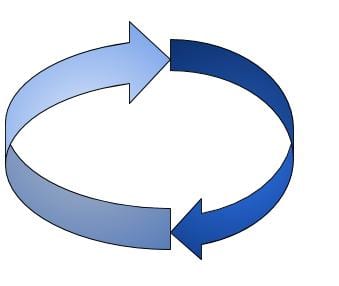Grade: 6th, 7th, 8th
Subject: Social Studies
Topic: patterns in war or other historical events
Description: Students review data and identify patterns and trends in wars and other historical events. The teacher helps to draw attention to the fact that the students are using the computational thinking skill of pattern recognition.
Social Studies TEKs:
6.20(C) The student is expected to: compare various world regions and countries using data from maps, graphs, and charts; 6.20(D) The student is expected to: create and interpret regional sketch maps, thematic maps, graphs, and charts depicting aspects such as population, disease, and economic activities of various world regions and countries
7.22(C) The student is expected to: create written, oral, and visual presentations of social studies information
8.29(G) The student is expected to: create a visual representation of historical information such as thematic maps, graphs, and charts representing various aspects of the United States
Technology TEK:
3. Research and information fluency. The student acquires, analyzes, and manages content from digital resources. The student is expected to:
(C) select and evaluate various types of digital resources for accuracy and validity; and
(D) process data and communicate results.
Procedure:
Students review data and identify patterns and trends in wars and other historical events. The teacher helps to draw attention to the fact that the students are using the computational thinking skill of pattern recognition. Students can draw or graph the patterns they discover.
4Cs: Critical Thinking, Communication
Resources Lesson Link
Device Type: none needed. Students could prepare a table in a document or spreadsheet of the data collected about the patterns and use the graphing functionality to create a graph to represent the data.
ISTE Standards: Computational Thinker : 5a. Students formulate problem definitions suited for technology-assisted methods such as data analysis, abstract models and algorithmic thinking in exploring and finding solutions.

